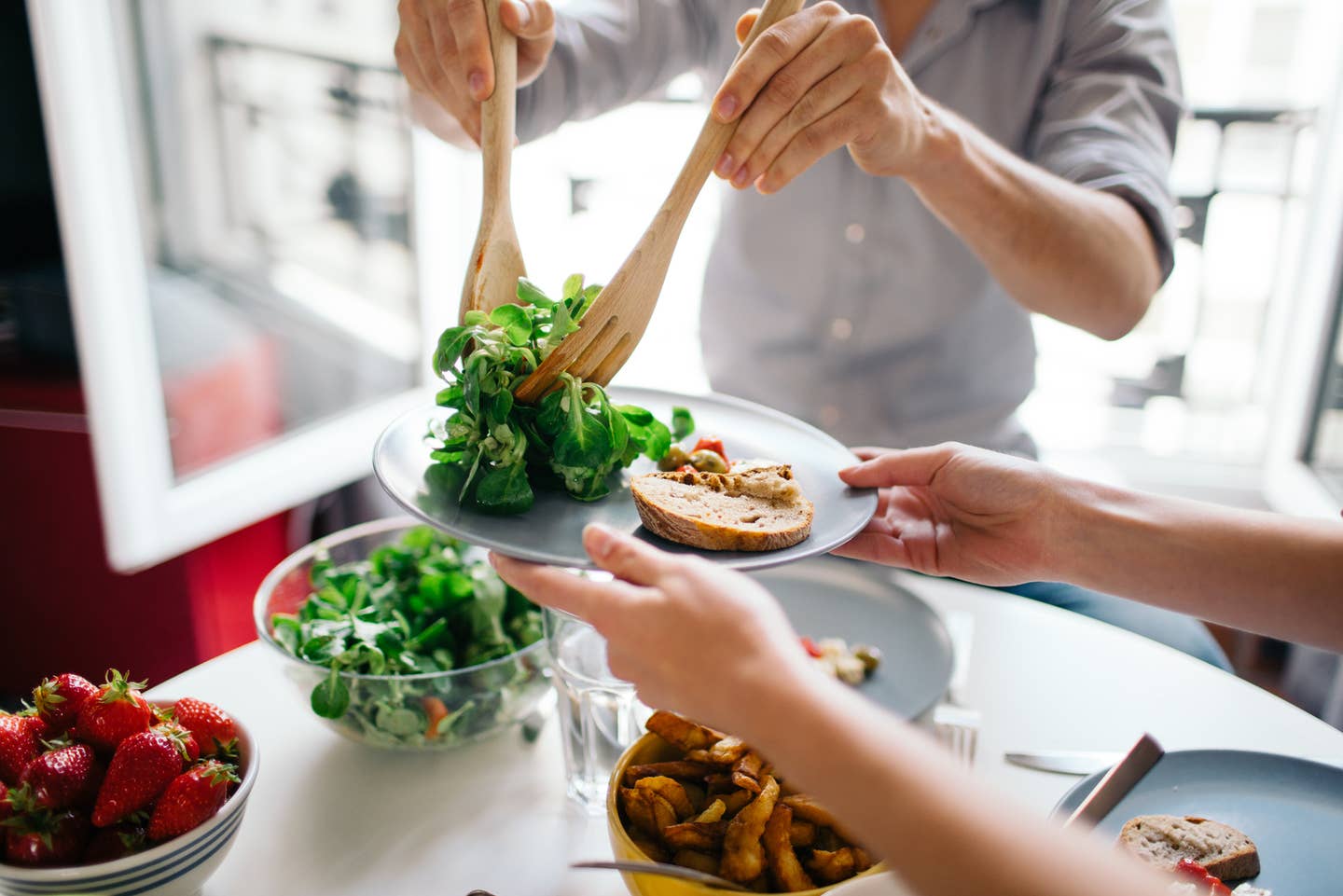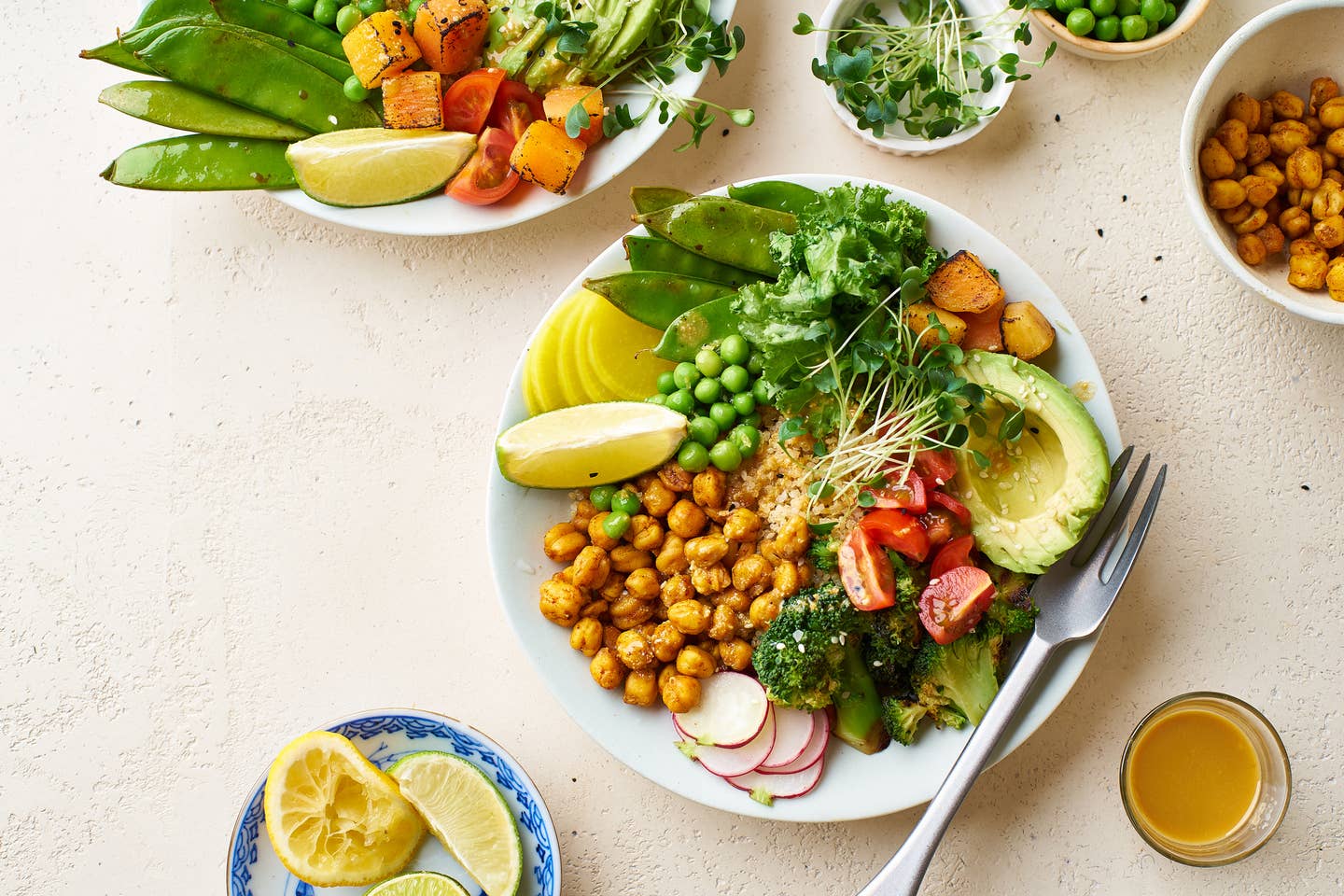
What’s the Difference Between Serving Size and Portion Size? A Helpful Guide
Q: I'm Confused About Serving Size– How Do I know What Portion to Eat?
A: I agree that serving sizes are confusing and sometimes unrealistic. Servings sizes were once linked to the amount of food people ate in the 70s and 60s and only recently has the FDA stated updating them based on a 2016 revision of what's called RACC, which stands for 'Reference Amounts Customarily Consumed' at a sitting. It stands for one typical serving size. The RACC for cookies is 30 grams.
So although the package of quinoa may say that a quarter cup of quinoa is one serving, in reality, that isn’t really enough food to satisfy. And when your Ben & Jerry's ice cream says 3 servings per pint, we know that's completely wishful thinking. Have they never heard of Netflix? They don't call it binge-watching for nothing! So when you're looking for calories, protein, carbs, and fa on a nutrition label, be aware that packaging can be deceiving, since there is usually a difference between serving size and portion size.
Serving size is the standardized amount of food that appears on the nutrition facts label. Two different brands of rice will always have the same serving size on the label on the box. But serving sizes don’t always represent the amount of food you typically eat.
Portion size, on the other hand, is the amount of food you choose to consume. Portion size is usually more than the serving size (which is how food manufacturers make their products look healthier). For example, the Nutrition Facts label may say that ½ cup of cereal is one serving, but in all likelihood, you pour a 1 cup or more when you fill your bowl.
In recent decades, Americans have started to eat more than the standard serving sizes, which is one reason we are getting larger. In response, nutrition facts labels have been under pressure from the FDA in the past few years to make serving sizes bigger to account for this change and to get real. Still, consumers are all different in size, age, and activity levels, so what could be too much for an older person is just right for a young marathon runner. That said, there are some visual recommendations to help you assess a portion size.
Fruits & Vegetables
Only about 1 in 10 Americans actually eat the recommended amount of fruits (1.5 to 2 cups) and veggies (2 to 3 cups) per day. That’s why I normally tell people to eat as many fruits and veggies as you like. But although it’s rare, it is possible to overeat produce, especially starchy veggies and high sugar fruits. If you’re having 4 bananas and 3 potatoes per day, that might be too much. Aim to get 5 servings of fruits & veggies per day. Each serving should be about 1 cup, or the size of a baseball or a fist.
Grains
Flip over a bag of pasta and you’ll see the serving size is 2-ounces, but you likely eat more than that in one sitting. And that’s okay because the general recommendations for grains are anywhere from 3 to 8 ounces per day. Since you likely don’t measure everything you eat, 1-ounce is equal to about 1 slice of bread, 1 cup of cereal, ½ cup of cooked rice, ½ cup cooked pasta, ½ cup oatmeal, 3 cups of popcorn, or 5 whole-wheat crackers. Those who are a bit more active need more carbohydrates and will probably have more grain intake. Plant-based eaters may also be on the higher end of the spectrum because they eat grains for protein.
Nuts
It’s easy for plant-based eaters to go crazy on nuts. They fill you up and provide tons of nutrients, like heart-healthy fats, fiber, and protein. The only caveat is that the portion size of nuts is rather small--1-ounce. Each nut weighs a different amount, so the best way to portion it out is to look at the nutrition facts label. It will usually say something like “1-ounce ( 23 almonds)”. For nut butter, stick to 1 tablespoon, which is about the size of a thumb. Plant-based eaters may find they can get away with eating a bit more than these standard portion sizes since nuts offer protein and calories for a meatless diet.
Oils
The amount of oil you can have each day varies from 2 to 5 teaspoons. Healthy oils, like olive oil or grapeseed oil, add necessary unsaturated fat to the diet. A teaspoon of oil looks like the size of a postage stamp.
Although these portion sizes are general “recommendations”, they might not work for everyone. Remember that people are different, so you may have to alter these suggestions based on how they make you feel.
Natalie Rizzo, MS, RD is an NYC-based Registered Dietitian, food and nutrition writer and national speaker. She has a Master’s in Nutrition and Exercise Physiology from Columbia University, and she has been a vegetarian for close to a decade.
More From The Beet






